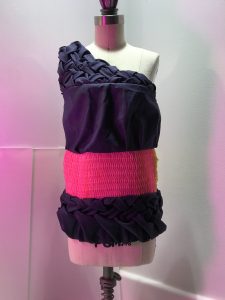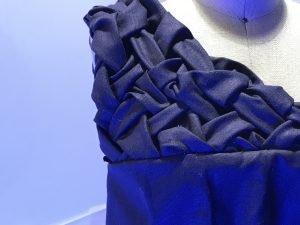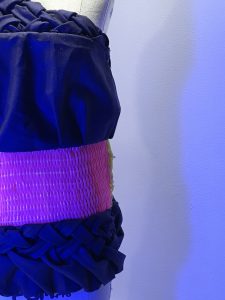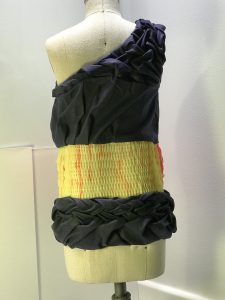Sleeve Research
Raglan Sleeve:
- Mainly used for t-shirts, tops and body con dresses
- Named after Lord Raglan, who had lost him arm in the Crimean war
- His tailor made him a short coat with a simple diagonal sleeve seam setting that extended from the neck to the underarm
- It was mainly made to make dressing easier- it allowed much more mobility. with its relaxed fit it is a favorite sleeve for the less able bodied and those with fuller chests or busts.
- The Crimean War took place from October 1853 till February 1856- the typical 1850s wardrobe for men consisted of a jacket, trousers, a shirt, a vest and a necktie.
Kimono Sleeve:
- inspired by the Japanese Kimono traditional attire, the word kimono means thing to wear ( “ki” wear and “mono” thing)
- Traditionally, unmarried woman wore a style of kimono called furisode, with almost full length sleeves on special occasions
- Kimonos as we know them today came into being during the Heian period (794- 1192)
- https://www.huffingtonpost.com/entry/a-brief-and-stunning-visual-history-of-the-kimono_us_5702abbce4b0daf53af03e8b
Puff Sleeve:
- The puff sleeve emerged in the renaissance, but its popularity would come about past the Edwardian Age.
- The puff sleeve was a hyper feminine style that would go through any transformations. It was either a short 3/4 length or full length sleeve gathered at the top or bottom. The sleeves would be lined with stiffened fabric
- The clothing during the renaissance very much portrayed the social class of the wearer- the women finely decorated their dresses
- The edwardian era- also known as la belle époque by the French ( 1895- 1914) it was the era of glamorous dressing
http://historicalsewing.com/sleeve-shifts-of-the-1890s
https://startupfashion.com/fashion-archives-a-look-at-the-history-of-the-bell-sleeve/
http://jill2day.blogspot.com/2010/01/brief-hisotry-of-sleeves.html
Concept Statement
After researching, I found out that what interested me the most was the puff sleeve. It signified what class you were in and it also emerged in the era of glamorous dressing. Since the sleeves had to hold such a solid puff, there was a lot of fabric used and they were also heavy- in order to hold the shape. Within my textile developments, I reiterated the heaviness using scooby strings, weaving and different smocking methods. With the garment, I used elements of the puffs in both the skirt and top of the dress and incorporated my most successful textile iterations.
Garment
Reflection:
This project was really interesting, I never really looked at the materiality aspect of fashion. I was mainly interested in building upon a collection. I learned a variety of techniques, such as smocking and weaving. I made use of unconventional materials within my textiles and enjoyed experimenting different techniques. Overall the garment came out exactly like I had imagined it would, I did experience some difficulties. There was a lot of hand sewing involved and I have never done it in such big areas- it took a lot more time overall to construct this garment. It was especially tricky to figure out the socking based on the pattern in terms of how much would be needed to be smocked in order for it to fit the pattern. I also experienced difficulties with sewing the smocking and weaving together. All in all, I enjoyed working on this garment putting aside the difficulties I experienced, and I enjoyed creating different textiles.




